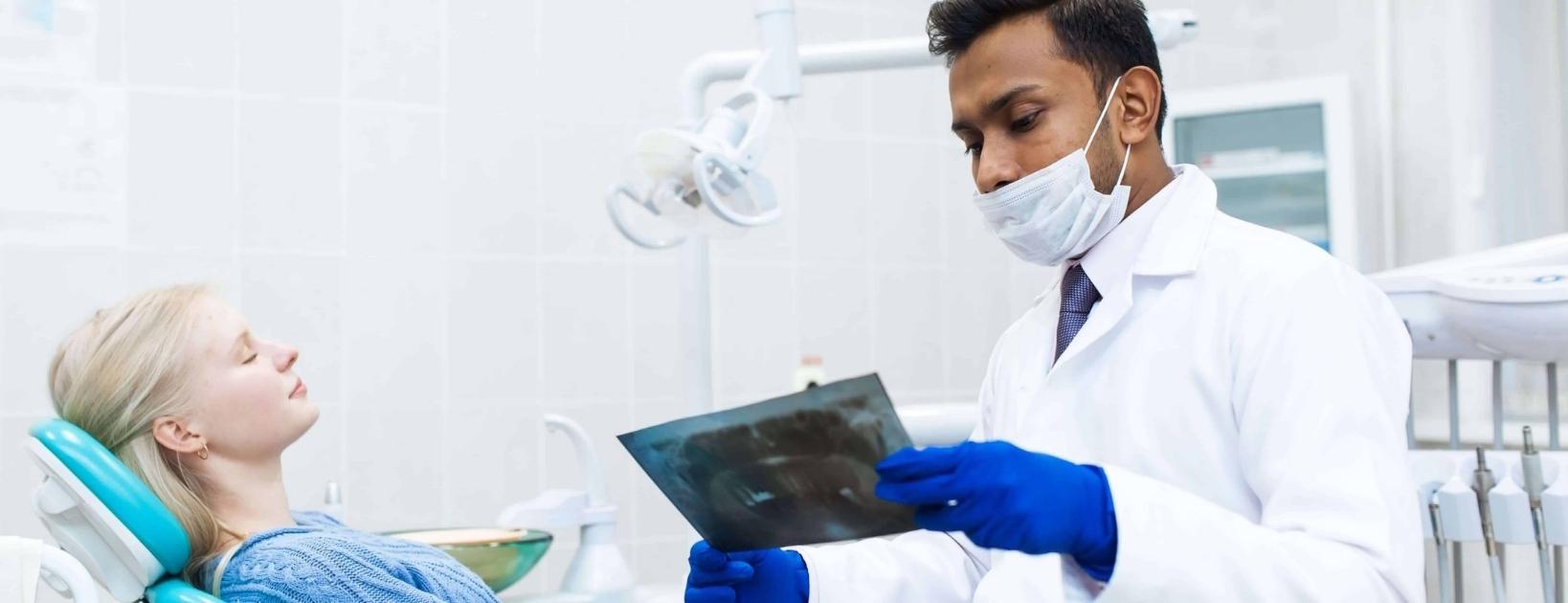Blog Center
Explore the latest stories and insights!

What OSHA Dental Training is Annual?
Date: 2021/05/14
OSHA | 5.5 MIN READ
The Occupational Safety and Health Administration (OSHA) ensures safe and healthful working conditions for employees. OSHA sets and enforces standards that require employers to provide employee safety training. OSHA safety training is legally required.
All employers need to perform a Job Hazard Analysis (JHA) to determine what training their employees need. But this blog post provides a general guideline of what training you should provide your dental employees with annually.
You are required to provide employees with OSHA training before they begin working. Providing annual retraining is required as well.
Here are the annual retraining courses to provide to dental employees:
- Essential Elements of the Globally Harmonized System
- Bloodborne Pathogens & Sharps Safety
- Back Safety
- Radiography Safety
- Nitrous Oxide Safety(required if your office uses the gas)
- Dental Office Safety
- Sexual Harassment Prevention
Below, we’ll dive into details about why this training is important (besides the fact that it’s legally required and not providing it can leave you open to hefty OSHA fines).
1. Essential Elements of the Globally Harmonized System
The Globally Harmonized System (GHS) teaches employees how to identify hazardous chemicals. The GHS training helps employees recognize and interpret the chemical symbols as well as Safety Data Sheets (SDS).
Occupational exposure to hazardous chemicals can cause acute or long-term detrimental health effects, so teaching employees how to interpret chemical labels is required.
2. Bloodborne Pathogens & Sharps Safety
The needlesticks and other sharp objects in dentistry leave dental employees open to the risk of hepatitis B and C, as well as human immunodeficiency virus (HIV). The best way to help your employees prevent sharps injuries is to educate and train them to follow precautions.
3. Back Safety
Back injuries doesn’t only affect dental employees. It is the single leading cause of disability worldwide. Dental employees are especially at risk because they are often hunched over a patient to get a good look in their mouth. However, back injuries are often avoidable. Dental employees need to be trained to follow correct techniques, maintain appropriate posture, and understand workstation ergonomics.
4. Radiography Safety
Radiation can cause harmful effects for dental patients (especially those at high risk, such as pregnant women). But radiation is an even bigger hazard for dental employees, because they are constantly exposed to it everyday. Long-term occupational exposure can lead to cancer and genetic mutations.
Employees need to be trained in how to protect both themselves and patients from radiation.
5. Nitrous Oxide Safety
Nitrous oxide (N20), also known as “laughing gas,” is often used in dental practices. This gas (stored as a liquid) is another risk for dental employees. Contact with the liquid can cause severe frostbite. Breathing in the gas can lead to dizziness, unconsciousness, infertility, and death. Dental employees need to be trained to ensure they limit their exposure to nitrous oxide.
6. Dental Office Safety
Every industry should provide office safety training to their employees—dentistry is no exception. Your dental practice employees need to be trained in how to respond to fires, natural disasters, and other unpredictable events. Dental office safety should also include training on workplace ergonomics, lifting safety, trip and fall avoidance, and safe oxygen handling.
7. Sexual Harassment Prevention
Every employee should feel safe and comfortable at work— meaning they should never face sexual harassment. Sexual harassment is preventable, but it requires specialized training. This training teaches employees to avoid harassing others, and it teaches victims how to report incidences. Ignoring sexual harassment prevention can lead to legal fines, decreased employee engagement, and increased employee turnover.
OSHA Training Requirements
It’s not enough to just train your employees in OSHA. You have to keep training records!
Document OSHA training records, and keep them on-file for 3 years. Smart Training’s learning management system (LMS) automatically creates certifications and documents employee training for you.
Need more OSHA help?
We’ve provided you everything you need to know about what OSHA dental training is annual.
But if you need more help, all our compliance solution packages – Platinum+ and Essentials – offer online OSHA training, OSHA Written Programs, compliance checklists, Job Hazard Analyses, and monthly safety and security meetings. With Platinum+, you’ll also get your own Compliance Adviser and a yearly compliance inspection.
Interested in learning more? Schedule a demonstration with one of our Compliance Advisers.
Subscribe to Our Blog
You may also like